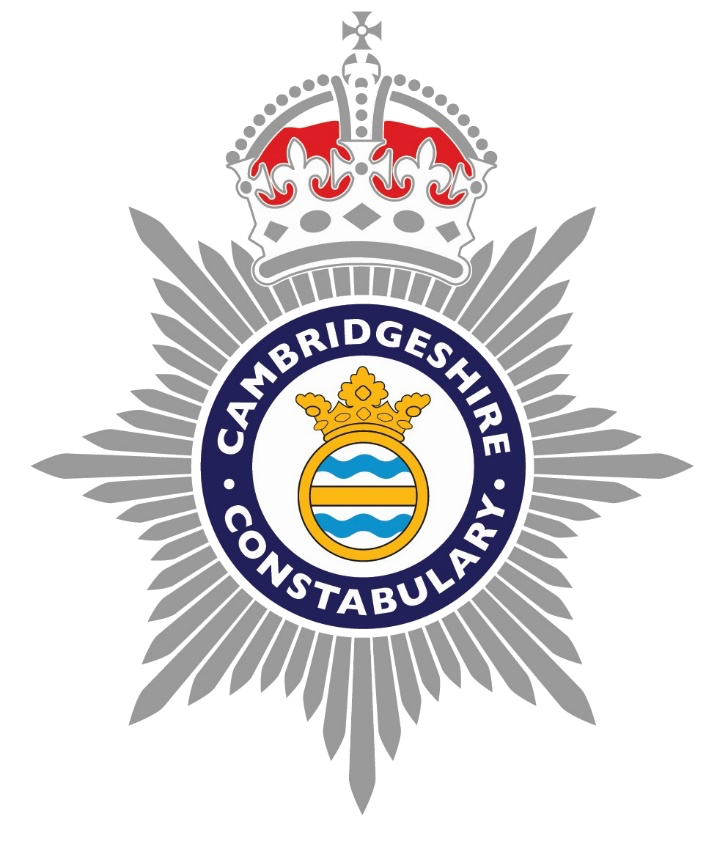7


Should the police look like the society that they serve?
Case Studies
- Does your own department represent the society that you serve?
- Should all appointments be based purely on merit? Does it matter?
- What does a majority female department led by a man signal within (and beyond) your organisation? Does it matter if the best person is doing the job?
Discussion
Whilst positive discrimination may not be permitted, or may be unlawful, there are ongoing attempts to increase the diversity of constabularies around the UK. This could be considered positive action rather than discrimination. It is sometimes useful to look at both the pros and cons of positive action:
Arguments against positive action:
- Sometimes it can be (or appear to be) discriminatory against those who are not part of the disadvantaged group. If negative discrimination is wrong (e.g. depriving someone of an opportunity because of their gender or ethnic background), all forms of it are surely wrong?
- Some roles cannot be undertaken by those without certain physical capabilities. For example, which roles in and with the police could be open to anyone and which ones require certain physical capacities?
- Despite trying to remove divisions, such policies can be seen to be divisive by singling out one group of people for special attention.
Arguments to support positive action:
- If you agree that a society’s police force should try to reflect the society they are serving, then due to the barriers that many people from disadvantaged groups face, it is very difficult to make this happen without some form of conscious positive action.
- Because the police is a "bottom-fed" organisation, relying on people coming in as junior personnel and staying in the organisation long-term before there are any changes, nothing will actually change without proactive intervention.
- It is harder to build trust with marginalised communities without anyone from those communities being visible actors for the constabulary.
- Context can make a huge difference - for example, “merit” is rarely a purely value-neutral assessment, but can have many hidden assumptions that favour certain aspects (gender, age, race, education, etc). Therefore, there may be a difference between institutional and structural discrimination - for example, some people could be disadvantaged in one narrow context, but would retain their societal/structural advantages everywhere else.
- Increased diversity may contribute different perspectives on how to solve crimes without it just be “this is how it’s always been done and that’s good enough” approach.
The Recruitment and Selection Policy for BCH states that: “Positive action is only legal where it is a proportionate way of achieving a legitimate aim, specifically to address under representation or disadvantage, and applies to all protected characteristics (see 1.4 above for details on what these are) covered by the Act.” And that, “Positive Action of the Equality Act 2010 means that it is not unlawful to recruit or promote a candidate who is of equal merit (in relation to the specific job or position for which they have applied) to another candidate for the same post if the employer reasonably thinks that:
• The candidate has a protected characteristic that is under-represented in the workforce; or
• People with that characteristic suffer a disadvantage connected to that characteristic.”
The BCH Inclusion Statement states that: “Everyone across BCH takes personal responsibility to help create an inclusive workplace, where police officers and staff respect one another, feel valued for their differences and can be themselves. We are committed to providing workplace adjustments, wherever needed, so everyone feels welcome and can flourish.”




